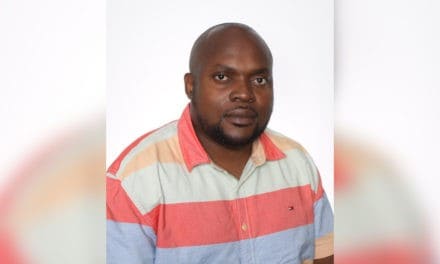MSc student Michael Borghese and Junior Research Chair Dr. Rachel Colley are authors on a paper, “Activity Intensity during Free-Living Activities in Children and Adolescents with Inherited Arrhythmia Syndromes: Assessment by Combined Accelerometer and Heart Rate Monitor,” that was recently published in Circulation. Arrhythmia and Electrophysiology. Citation details and a summary of the article are below.
Gow RM, Borghese MM, Honeywell CR, Colley RC. Activity Intensity during Free-Living Activities in Children and Adolescents with Inherited Arrhythmia Syndromes: Assessment by Combined Accelerometer and Heart Rate Monitor. Circ Arrhythm Electrophysiol. 2013 Aug 30. [Epub ahead of print]
ABSTRACT: Background: International guidelines recommend restriction of activities for many children and adolescents with inherited arrhythmia syndromes to moderate activity (< 7METs). We hypothesized that moderate levels of intensity would be exceeded during free-living daily activity in these individuals when assessed objectively by combined heart rate and accelerometry monitor (Actiheart). Methods and Results: Participants wore the Actiheart for up to 7 days on 2 occasions following a maximal exercise test that was used to individually calibrate the monitor against intensity levels. Of 16 participants, 13 (81%) had long QT syndrome, 9 (56%) were female, and median age was 12 years. Monitors were worn for a median (range) of 13 (6, 14) days, and a mean (SD) of 11.3 (1.7) hours per day. Vigorous (7 MET) and very vigorous (10 MET) thresholds were exceeded by 15 and 13 participants respectively. The median (IQR) individual total weekly time spent above the 7 MET threshold was 113 (65, 330) minutes, with 53 (9, 115) minutes spent above 10 METS. Total time above the 7 MET threshold was 2.3% of monitor wear time. There were no differences in time above threshold between males and females (p = 0.357) or those with different levels of activityrestriction (p = 0.769). Conclusions: Current recommended activity guidelines are frequently exceeded during routine free-living activities in young participants withinherited arrhythmia syndromes. Whether this indicates increased risk for these individuals or excessively restrictive guidelines remains to be determined.





